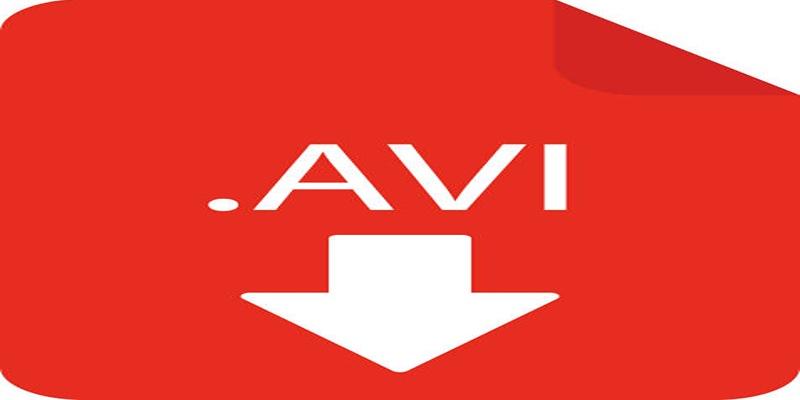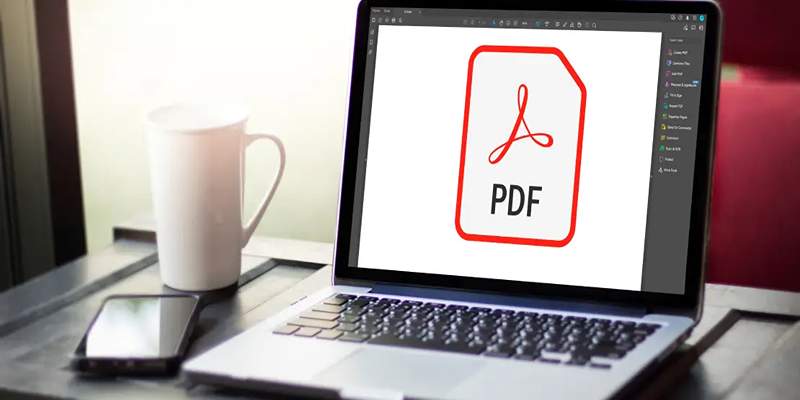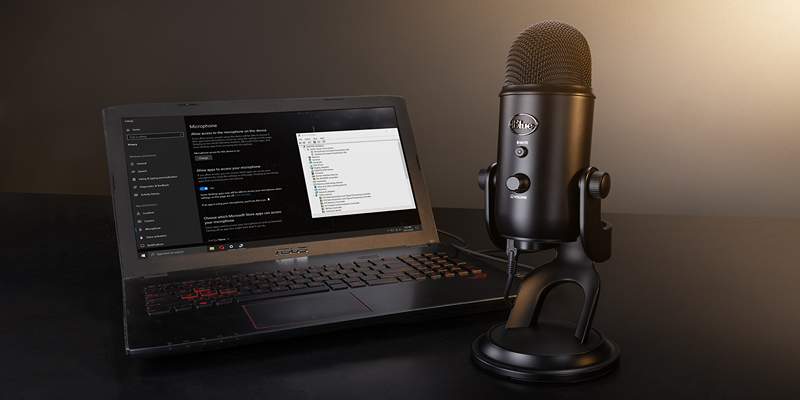Which Are The 7 Best Wireframe Tools to Streamline Your Design Process
The design of a website and an app depends critically on wireframing. It aids in designers' pre-development layout structural and functional planning. A good wireframe tool saves time, streamlines the process, and enhances cooperation. The correct instrument will help you, regardless of your level of experience, design to be more effective and seamless. There are several wireframe tools on the market with unique capabilities.
The optimal tool will depend on elements, including cost, usability, and collaboration tools. Free tools are excellent for novices; sophisticated choices could be necessary for pros. In this guide, we investigate the seven greatest wireframe tools available to increase your workflow. These instruments enable designers to produce orderly, disciplined, and functionally sound layouts.

The Top 7 Wireframe Tools to Streamline Your Design Process
Below are the top wireframe tools that can help designers create efficient, interactive, and user-friendly designs for various projects:
Figma
Popular cloud-based wirehouse and prototyping application Figma lets designers quickly create dynamic layouts. Teams would find it perfect since its real-time collaboration tool lets several people work on the same project concurrently. Figures support Windows, macOS, and web browsers, thereby saving installation time. Prototyping, UI/UX design, and wireframing all find extensive applications for the tool. Responsive layouts let designers guarantee adaptation on many devices.
Additionally, by offering a component system, Figma lets users save time by reusing design elements across several pages, preserving consistency. One main benefit is that Figma provides a free edition, which makes it reachable for individual designers and small teams. The free edition has restrictions, though, and advanced features like team libraries and more storage call for a subscription plan.
Adobe XD
Strong wireframing and design tool Adobe XD connects easily with Adobe Creative Cloud products. It offers vector-based wireframing so that designers may produce exact and scalable layouts. Tools for responsive design enable one to create adaptive designs for various screen sizes. Interactive prototypes—which let designers link pages, add animations, and replicate user interactions—also come under use here. These characteristics make it a great choice for UI/UX designers who need to produce realistic app and website mock-ups. While the free edition lacks collaboration tools, Adobe XD supports Windows and macOS. It lets rudimentary prototyping, advanced sharing, and co-editing call for a premium subscription. For designers already running Adobe programs, its interaction with Photoshop and Illustrator is a big advantage.
Sketch
Designed particularly for macOS users, Sketch is a UI and wireframing application. Both beginners and experts will find it simple because of its neat and understandable UI. The vector-based instrument guarantees that designs stay scalable and sharp independent of screen size. Sketch's great strength is its large plugin ecosystem. Third-party plugins let users add capabilities, including icon libraries, animations, and prototype tools, thus improving utility. Sketch also facilitates real-time teamwork so several designers may work on a project together. Sketch's one-time purchase approach for individuals gives it a major benefit over various subscription-based substitutes: it is more reasonably priced. For non-macOS users, it does, however, lack web support and Windows, limiting accessibility.

Balsamiq
Focused on low-fidelity designs, Balsamiq is a basic yet powerful wireframing tool. For designers who wish to rapidly sketch concepts and draft rough layouts prior to entering a more thorough design process, it is perfect. The drag-and-drop interface of the instrument makes its usage quite simple. Pre-built UI components, including buttons, forms, and menus, let designers rapidly construct wireframes. Balsamiq is available on both desktop and online applications on many platforms. Its major benefits are that it motivates fast prototyping and brainstorming. It is ideal for early-stage design but lacks sophisticated architectural elements such as interactive prototyping and animations.
Axure RP
UX experts utilize the sophisticated wireframing and prototyping program Axure RP to produce comprehensive wireframes that include intricate interactions. Designers who must incorporate logic-based interactions into their prototypes and surpass simple wireframing will find it perfect. Axure RP is rather easily available since it supports Windows and macOS. Its capacity to design interactive wireframes with conditional logic, dynamic panels, and user input fields is what distinguishes it most. Because these tools let designers replicate actual user interactions, and they are helpful for usability testing. Axure RP has a steep learning curve; mastery of its advanced capabilities takes time.
Lucidchart
One web-based visual collaboration tool supporting wireframing, flowcharting, and diagramming is Lucidchart. It operates in the browser; hence, it is available on any device without installation. Its drag-and-drop interface lets users rapidly create wireframes from pre-built components. Perfect for team working, Lucidchart also connects with Google Drive, Slack, and Microsoft Teams. Real-time sharing and updating of wireframes improves cooperation and accelerates the design process. Though Lucidchart is excellent for simple wireframes, it lacks sophisticated UI design and prototype tools seen in products like Figma and Adobe XD.
MockFlow
Designed as a cloud-based wireframing and design tool, MockFlow streamlines the creation of app and website layouts. Perfect for early-stage design and ideation, it is meant for fast wireframing. With pre-built templates, the tool lets designers rapidly construct wireframes without first beginning from scratch. It promotes real-time teamwork so that groups work together naturally. It is web-based; hence, no installation is needed, and it is available on any device. Those that require a quick and straightforward wireframing tool find MockFlow most appropriate. However, it lacks advanced prototyping features, making it less ideal for detailed UI/UX design. Small projects benefit from the free edition; larger teams might have to upgrade to get extra tools.
Conclusion:
Whether for basic sketches or thorough prototypes, your demands will determine the appropriate wireframe tool. Strong cooperation and sophisticated design tools abound in Figma and Adobe XD. For macOS users, the sketch is fantastic; for low-fidelity, rapid designs, balsamiq fits. For complicated interactions, Axure RP is best; Lucidchart offers a basic, web-based option. Fast wireframing with templates calls for MockFlow. Every tool has special advantages. Hence, choosing the correct one enhances design productivity and workflow. Using the correct tool for your project can help you quickly produce aesthetically pleasing, user-friendly interfaces with structure.
Related Articles

Usersnap vs. Userback vs. Marker.io: A Comprehensive Comparison

3 Easy Ways to Transform AVCHD Files into AVI Format

The 8 Best Kanban Tools in 2025: Streamline Your Workflow Like a Pro

5 Easy Ways to Repair Corrupted PDF Files Online for Free

Conducting Market Research Surveys: DIY Tips and Techniques

Which Are The 7 Best Wireframe Tools to Streamline Your Design Process

The 8 Best Note-Taking Apps for iPad: Stay Organized and Boost Productivity

The 10 Best Email Apps for iPhone: Streamline Your Inbox Today

Microphone Not Working in Online Learning Platforms? Try These Fixes

Quick and Simple Ways to Create GIFs from MOV Videos

12 Essential Software Solutions for Efficient Issue Tracking

 suptoolbox
suptoolbox